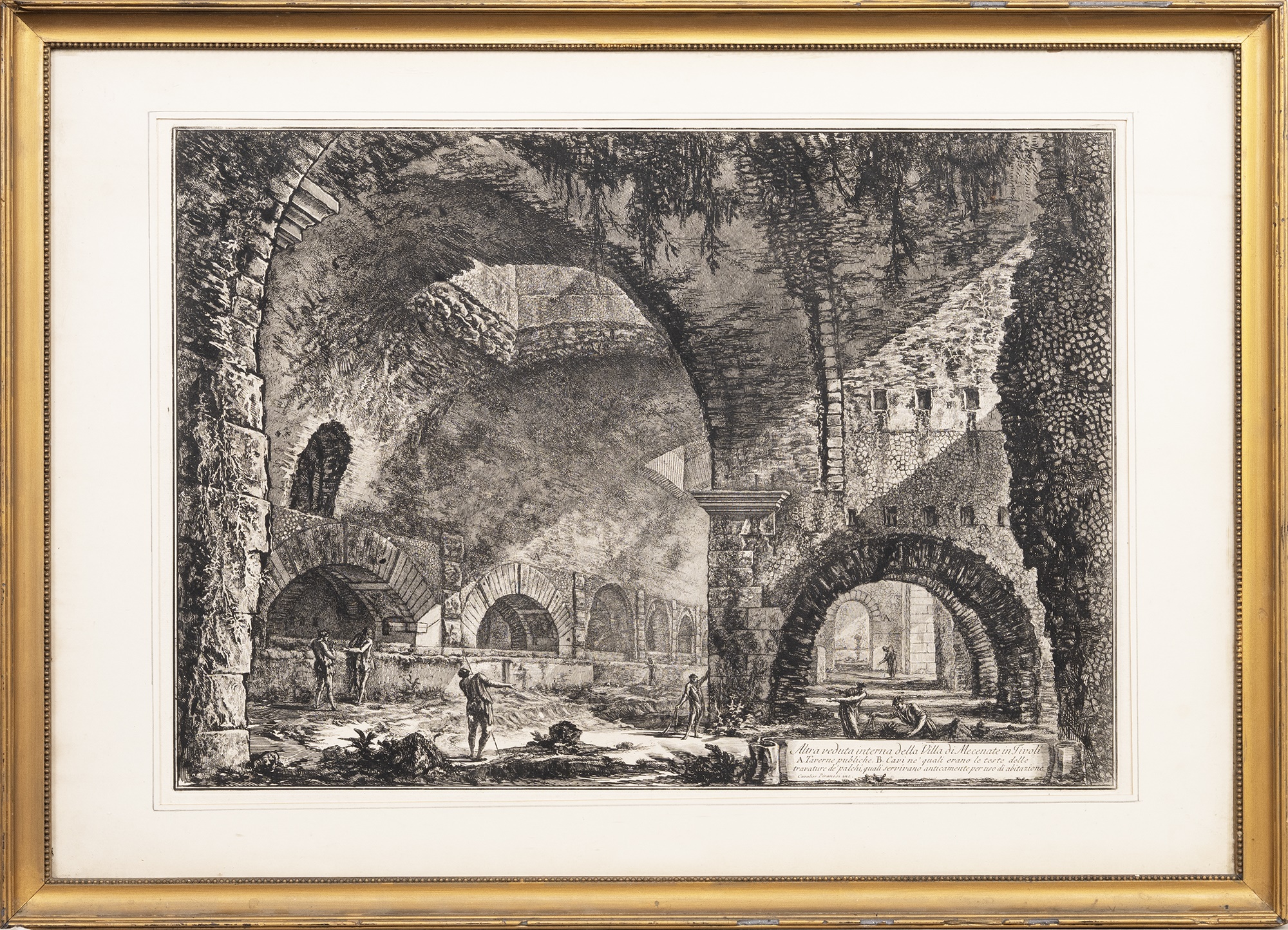751
GIOVANNI BATTISTA PIRANESI (ITALIAN 1720 - 1778), THE SO-CALLED VILLA OF MAECENAS AT TIVOLI, INTERIO
British & International Pictures | timed auction
Ends from
Venue Address
Shipping
For other purchases we recommend packing and shipping companies such as:
Collin Moran & Son
collin@collinmoranandson.co.uk
0141 849 1947
Mailboxes
info@mbewoodlandsroad.co.uk
0141 332 6555
admin@mbeshawlands.co.uk
0141 649 6777
Aardvark Art Services Ltd (Specialist Painting Couriers)
info@aardvarkartservices.com
01253 794673
Alban Shipping
info@albanshipping.co.uk
01582 493 099
Important Information
Viewing is by online catalogue only.
McTear's require photographic ID from every client before purchased goods can be released.
The sale ends on Sunday 13th July at 7pm. Payment is due by Tuesday 15th July at 5pm. All lots purchased must be collected by Friday 18th July at 3pm.
Buyer`s Premium 24% + VAT
Lots purchased online with the-saleroom.com will attract an additional charge for this service in the sum of 4.95% of the hammer price plus VAT at the rate imposed
Please be advised if you do not meet the reserve your bid will still stand if the vendor accepts your offer.
Shipping
For other purchases we recommend packing and shipping companies such as:
Collin Moran & Son
collin@collinmoranandson.co.uk
0141 849 1947
Mailboxes
info@mbewoodlandsroad.co.uk
0141 332 6555
admin@mbeshawlands.co.uk
0141 649 6777
Aardvark Art Services Ltd (Specialist Painting Couriers)
info@aardvarkartservices.com
01253 794673
Alban Shipping
info@albanshipping.co.uk
01582 493 099
Terms & Conditions
To view McTear's Terms of Business click here.
To view McTear's privacy policy click here.





